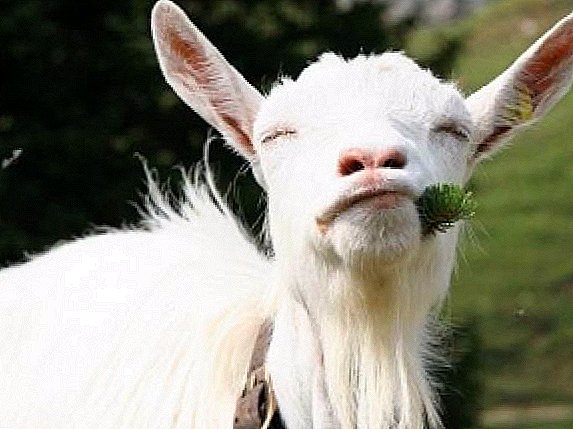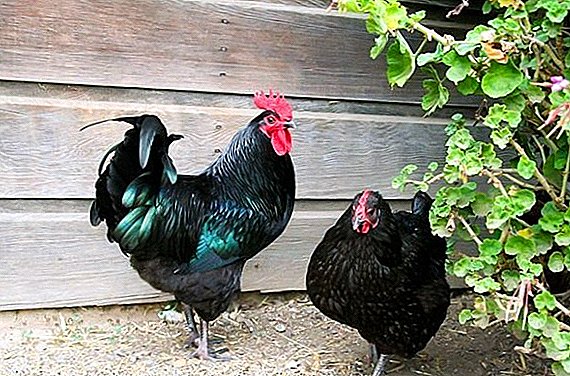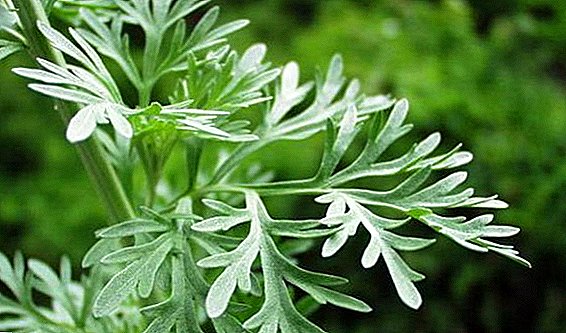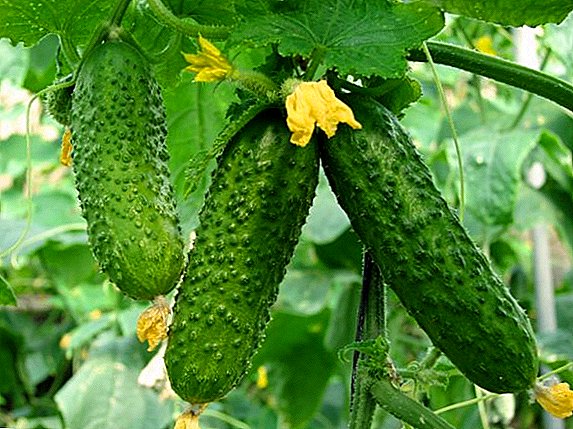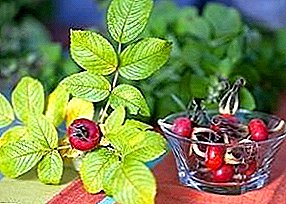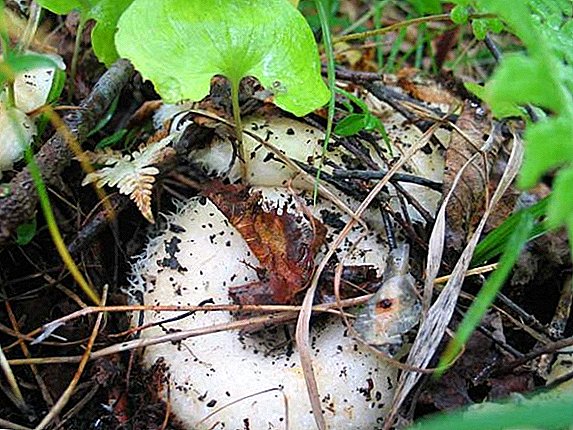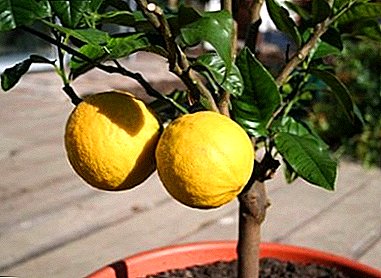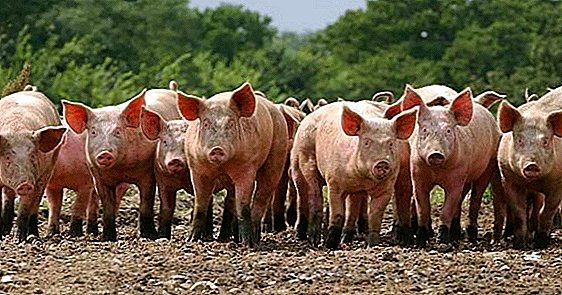 Combined feed, successfully solving the problem of nutrition of pigs, are diverse both in composition and quality of manufacture. On the requirements for feed, and their optimal composition for animals of different ages, read further in the article.
Combined feed, successfully solving the problem of nutrition of pigs, are diverse both in composition and quality of manufacture. On the requirements for feed, and their optimal composition for animals of different ages, read further in the article.
Feeding pigs feed
Combined feed, as its name suggests, is a combination of the necessary animal nutrients, vitamins, macro- and microelements, which ultimately allows you to create a balanced diet for pigs of different ages and breeds. Polnoratsionny feed, containing ingredients that are important for the growth and development of pork livestock, is able to completely replace all other types of food.
Did you know? Pigs occupy their rightful place in the top ten of the smartest animals on Earth, ahead of even dogs in their mental abilities.
Benefits
Feeding pigs through feed has advantages in the form of:
- substantial savings in working time for the preparation of conventional food;
- the balance of components, which allows to make a complete diet of the animal;
- easy storage at room temperature;
- a large number of diverse products on the market.
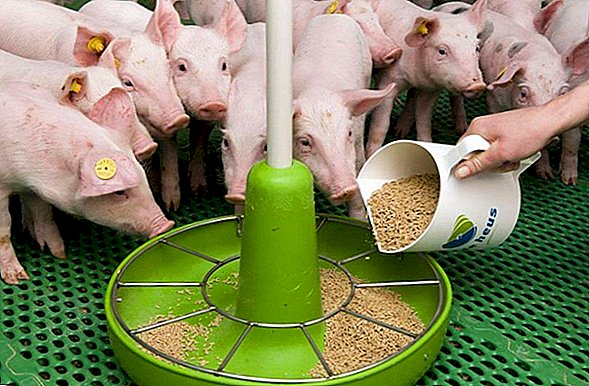
disadvantages
Cons feeding with feed are:
- sufficiently high cost of quality products;
- the dangers of feeding pigs with cheaper feed mixtures that may contain components difficult for animals to digest;
- the impossibility of sometimes finding a quality type of compound feed needed right now even with a wide choice in the market.
Read also about the diet and appropriate technology for feeding pigs.
The composition of feed
With a wide variety of percentages of ingredients and their different proportions in different types of animal feed, their basic composition is basically the same type.
For adults
Feed for feeding adult animals most often consists of:
- barley;
- oats;
- sunflower meal;
- meat and bone meal;
- alfalfa flour;
- feed chalk;
- salt;
- premix.
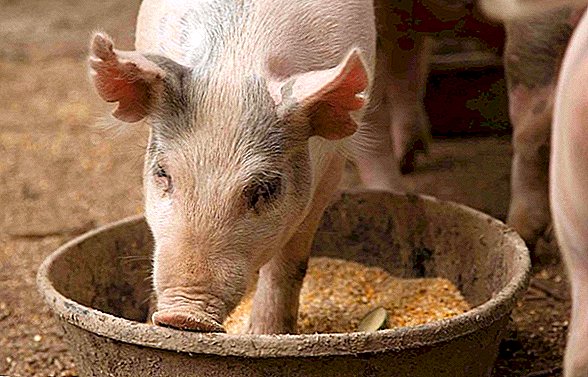
For young
Compound feed for piglets differs not only in composition, but also in small fraction. They are given feed mixture only in the form of finely ground or in granules, turned into thick porridge with a temperature of at least + 35 ° C.
The combined feed for piglets consists mainly of:
- barley;
- fodder yeast;
- feed fat;
- salt;
- feed chalk;
- premix.

Kinds
Combined feeds differ in both the form in which they are produced and their intended use.
In the form of release
The product in question is released in a crumbly form and in the form of granules.
Loose
This type of product differs in the degree of grinding, which is:
- large;
- middle;
- small.

Here, the role played by the grain of the product, especially relevant to young animals. Loose dry food is given to pigs either in natural form or mixed with water. Sometimes dry food supplement juicy feed.
Important! With the inclusion of loose feed in the pig ration, it is necessary to provide animals with free access to drinking water.
Granulated
This type of product is practically no different in composition from loose feed mixture, since the granules are obtained by pressing the same dry mixture through an extruder. Animals absorb the pellets more quickly, since it is more convenient for them to do this. But there are limitations according to which the granules for piglets should not be more than 8 mm in diameter, and 10 mm for adults.

To destination
By filling the combined feed ingredients, they are divided into:
- complete rationing;
- concentrated.
Full ration
Already under the name, it can be said that the complete ration types of feed fully satisfy the need of the animal organism for nutrients and do not require any additions.
Concentrated
This species is characterized by a concentration in its composition of protein, vitamins and minerals and is an additive to the main menu of animals, consisting of cereals.
Did you know? Grunting pigs actually hides up to 20 different signals that transmit information from individual to individual.
Consumption rates
On average, the daily consumption rate of pigs combined feed are:
- pigs up to 2 months of age - 1000 g;
- 3 months old piglets - 1500 g;
- half year old animals - 2000 g;
- 8-month fattening specimens for meat conditions - 3400 g;
- 8-month-old fattening animals for fat - 3000 g;
- females before the first mating - 2300 g;
- pregnant females - 3700 g;
- females during lactation - up to 6400
Top Feed Makers
In the rating table of the leading manufacturers of animal feed in Russia, among the leaders are the companies:
- Cherkizovo;
- Miratorg;
- "Prioskolye";
- Cargill;
- "BEZRK-Belgrankorm";
- GAP "Resource";
- "White bird";
- Rusagro;
- Charoen Poppand Foods;
- "Agro-Belogorie".

Among the compound feeds, when answering the question which of them is better, stand out in popularity:
- Purina ("Purina");
- KK-55;
- PK-55-Luch;
- SK-8.
"Purina" consists of:
- wheat;
- oats;
- corn;
- soybean meal and meal;
- vegetable oil from Kuban oilseeds;
- vitamin-mineral complex, which includes all the essential vitamins and macro-and micronutrients.
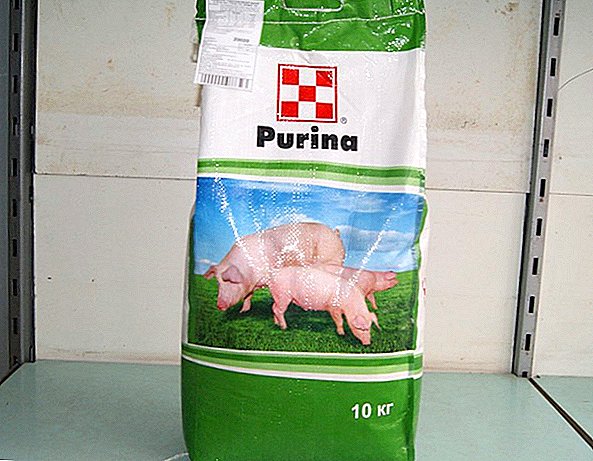
KK-55 is a concentrated feed that meets the needs of pork livestock in the energy component, vitamins and minerals and consists of:
- barley;
- triticale;
- wheat bran;
- grain mixtures;
- rye;
- sunflower meal;
- lupine;
- yeast;
- mineral and vitamin group;
- feed chalk;
- salt;
- phosphate;
- premix.
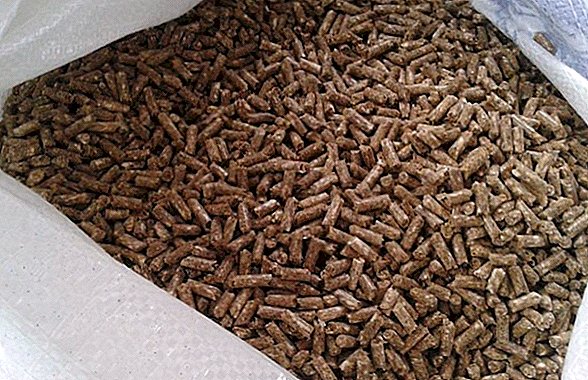
Compound feed PK-55-Beam is designed for rapid growth and for meat fattening of pigs from 40 to 120 kg, reducing the fattening period and promoting maximum digestion of feed.
The basic composition of feed presented:
- barley;
- wheat bran;
- wheat;
- sunflower meal;
- meat meal;
- molasses;
- limestone flour;
- vegetable oil;
- table salt;
- amino acids;
- premix P-54;
- enzymes;
- phytase;
- antioxidants.
CK-8 is a complete feed in pellets for fattening pigs to fat condition in age from 4 to 8 months. 
The composition of the product is presented in the form:
- oats;
- wheat;
- barley;
- corn;
- wheat bran;
- sunflower meal;
- feed chalk;
- salt;
- premix P-54.
Recipe for mixed fodder at home
The sufficiently high price of high-quality combined feed mixtures makes many livestock breeders prepare the product on their own. Since each owner knows his pets well, that is, how much each of them eats, what is the average daily feed consumption, how much is needed per pig, and how much the individual eats before slaughter, it is easier for him to calculate and compile the optimal recipe for feed for each animal.
We advise you to read what temperature in pigs is considered normal.
Required Ingredients
On average, the ingredients of typical feed in percent are presented:
- barley - 40;
- corn - 30;
- wheat or wheat bran - 9.5;
- meat bone and fishmeal - 6;
- grass flour - 5;
- peas - 5;
- soy or sunflower meal - 3;
- fodder chalk - 1;
- salt - 0,5.
In addition, for each kilogram of product add:
- zinc sulfate - 0.1 g;
- iron sulfate - 0.1 g;
- manganese sulphate - 0.015 g;
- copper carbonate - 0,015 g;
- cobalt chloride - 0.005 g;
- potassium iodide - 0,002 g
Also added the necessary premixes according to the instructions attached to them.
Video: How to cook feed for pigs
Step by Step Cooking Instructions
To answer the question of how to make a good feed with your own hands and how to give it, you need to determine its purpose. For piglets, the feed mixture is done differently than for adults, the feed for feeding on meat differs from the product for bringing the pig to fat condition. In addition, you can prepare a fermented food, using the method of yeast. There are also dietary feed and feed mixtures, the preparation of which you should know how to steam them.
The process of self-preparation of the product at home proceeds most often as follows:
- Grain ingredients are ground at the grain crusher.
- Then the remaining ingredients are added to the resulting dry mass.
- The mixture is thoroughly mixed by hand.
- To steam piglets, boiling water is poured into the feed and the product is left to swell for a couple of hours.
At home, you can make even granular feed.
To do this:
- Rinse the grain components of the future mixture well and dry them thoroughly.
- Grind them with a grinder.
- Add the remaining ingredients and mix the mixture.
- Add warm water to it and stir the mixture, bringing it to a pasty state.
- Then mix the mixture through a meat grinder, resulting in a granulated combined feed.
- Dry the granules.
Important! Pigs should not be given food with a temperature below +30.°C and above +35°WITH.
How to feed pigs feed
In order to decide what a diet consists of and what its components are made of, one should determine its purpose.
Young piglets
It is recommended to feed the piglets with small fraction loose feed or their granulated counterpart. It is diluted with warm water and brought to a mushy state, which contributes to a better assimilation of food and accelerated growth of animals.
Consider how much feed you need to grow piglets. The diet of individuals depends on their age. Animals up to two months of age need up to 1 kg of feed every day. Then, before the age of six months, the piglets should be given every day with 1.5 kg of feed mixtures.

Adults
Feeding adult animals depends on what they are grown for. The diet of pigs grown for meat differs from the menu of animals of the greasy direction. Animals aged 8 months, which are grown for meat, per day give an average of 3.4 kg of food. Pigs of the same age, but fattened to get fat, produce 3 kg per day.
Special diets - in pregnant females and in pigs that feed their young. Consider how much a pregnant sow eats per day and how much is needed for sows during lactation. The diet of pregnant females is increased to 3.7 kg, and pigs that feed piglets, to 6.4 kg.
Combined feed, significantly accelerating the cultivation of pork livestock and improving the quality of consumer meat and fat, are readily available for self-production at home.








